We are so excited for you to hear all about The Sassoons exhibition that was organized by Claudia Nahson, Morris and Eva Feld Senior Curator at the Jewish Museum, New York, and Esther da Costa Meyer, Professor Emerita at Princeton University. Hear from Claudia in this Q&A interview:
Will you tell us about your approach to curating this exhibit?
From the beginning we wanted to look at the Sassoon family through the lens of the art they commissioned and collected. Given their broad journey both chronologically and geographically, it was clear to us from the start that the project would require extensive art historical and historical research. We undertook research trips to Britain and India but due to the pandemic we could not travel to China, though the exhibition’s co-curator Esther da Costa Meyer was deeply familiar with the family’s presence in Shanghai from her continued research on the modern architecture in the city and the important role played by Victor Sassoon as architectural patron there.
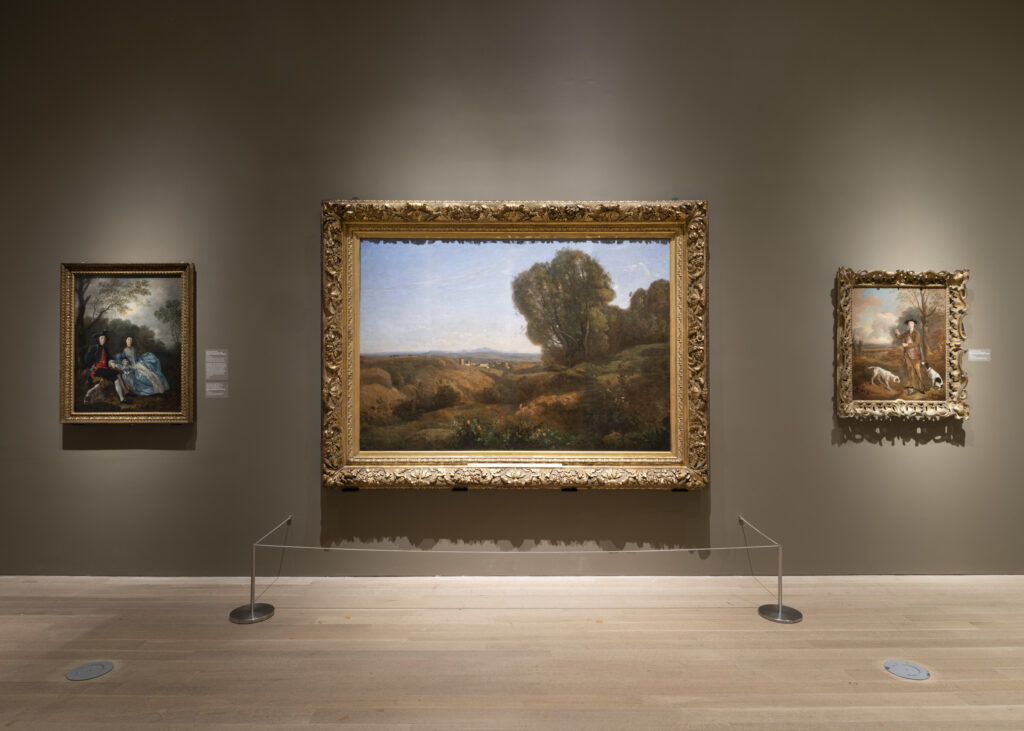
Who are the Sassoons?
A remarkable Jewish family, the Sassoons trace their origins to Baghdad in Iraq. Through their sweeping journey from East to West from the early nineteenth century through the mid-twentieth century, they played a pioneering role in trade, art collecting, architectural patronage, and communal and civic engagement. The Sassoons’ modern history begins with David Sassoon (1792–1864), scion of a family that for generations had served as treasurers to the Ottoman governors of Iraq and as leaders of the Jewish community in Baghdad. Due to persecution of the city’s Jews, David Sassoon was forced to leave Baghdad in 1830, ultimately settling in Mumbai in 1832. There he began modestly, trading in spices, cotton, wool, wheat, and pearls, but soon turned to the trade of opium, building up a successful business across Asia with an organization heavily reliant on family and Baghdadi Jewish community members.
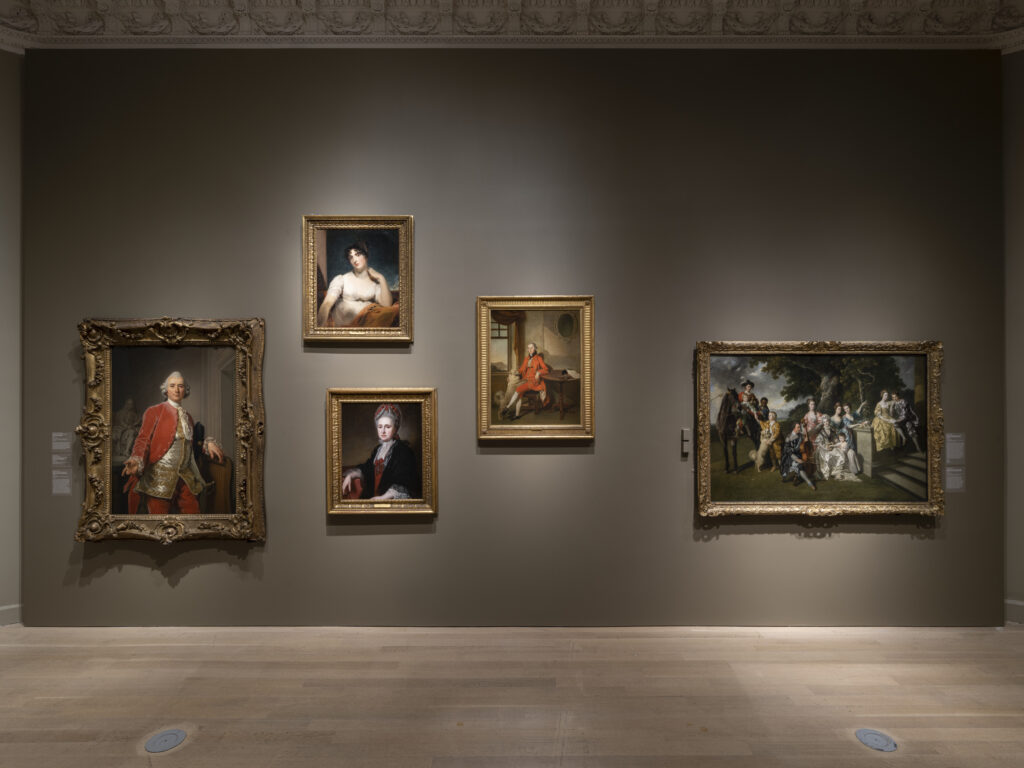
Will you give us a brief overview of this exhibit?
Surveying the Sassoons from the 1830s through the end of World War II, the exhibition follows four generations from Iraq to India, China, and England, featuring a rich selection of works collected by family members over time: lavishly decorated Hebrew manuscripts spanning hundreds of years, formerly in the renowned collection of David Solomon Sassoon; Chinese ivory carvings that belonged to Victor Sassoon; Chinese art from the collection of Percival David (a Sassoon on his mother’s side), and rare Jewish ceremonial art; Western masterpieces including paintings by Gainsborough and Corot and magnificent portraits of Sassoon family members by John Singer Sargent.
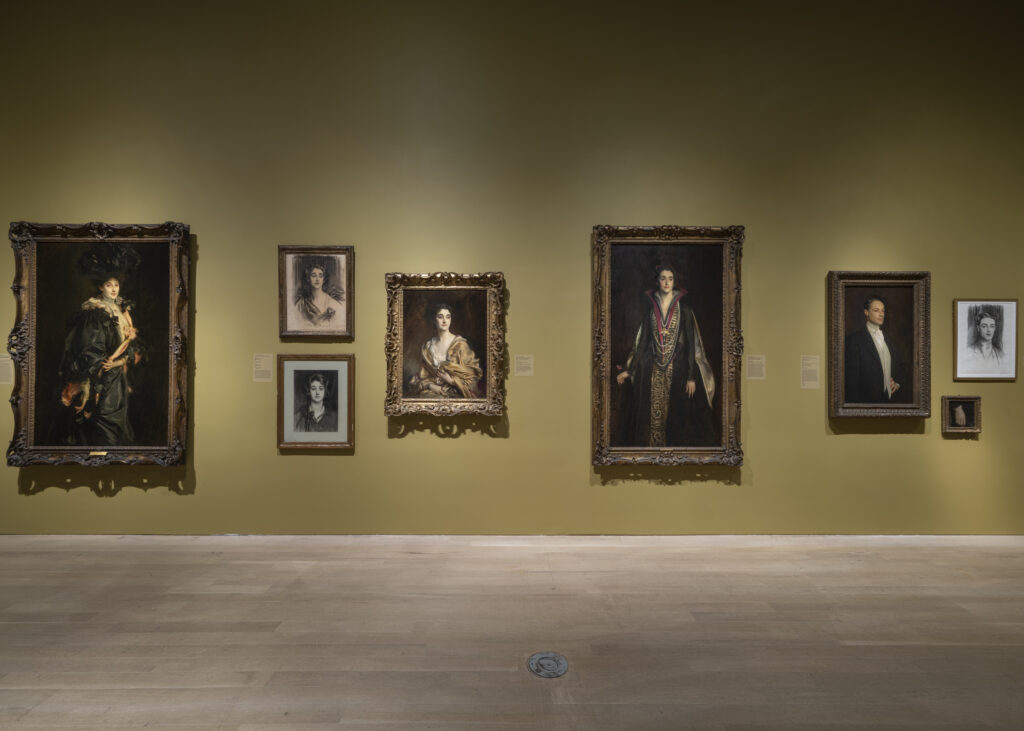
What is your favorite piece in the exhibit?
This is a very hard question to answer because the exhibition is filled with extraordinary artworks that are a testament to the Sassoons’ refined taste and deep connoisseurship. The portraits of Sassoon family members by John Singer Sargent are extraordinary, the illuminated Hebrew manuscripts are superb, the Chinese ivory carvings are a marvel in their intricacy, and the series of jewel-like gifts presented to members of the Royal family by members of the Sassoon family are exquisite. Of particular interest are two ornate silver cases crafted in China containing sacred scrolls copied in Baghdad. They were used in India and later taken to England encompassing the full breadth of the Sassoons’ journey from East to West. The set was commissioned by Flora Sassoon (1856–1936) who was known for her scholarship and was also the only woman in the family to oversee the Mumbai branch of the family business.
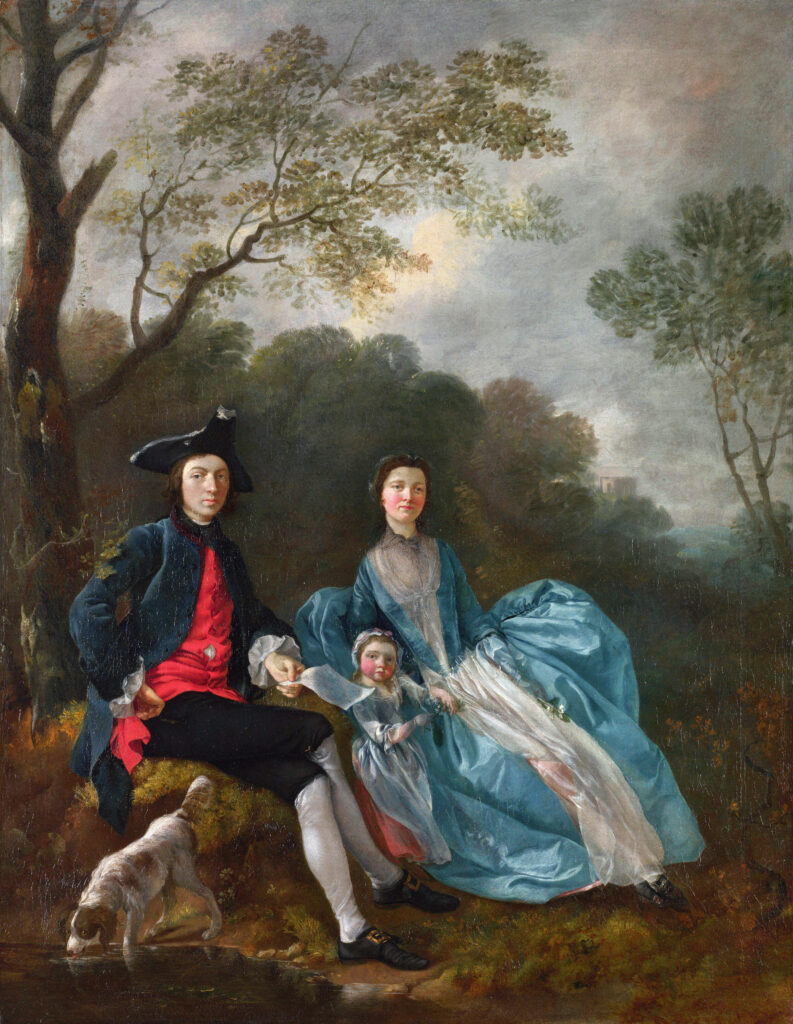
What most surprised you about curating this exhibit?
We were extremely moved by the Sassoons’ extraordinary religious and cultural legacy particularly in India, including synagogues, schools, civic institutions, and hospitals that are still in use today as well as the charities they instituted which are still active to this day. The role of philanthropy in the family cannot be overestimated. We made sure to address this aspect in the exhibition catalogue by devoting an essay to the remarkable architectural footprint the Sassoons left behind. We were also deeply taken by the extraordinary women in the family (more about this below, in the answer to the question about the women).
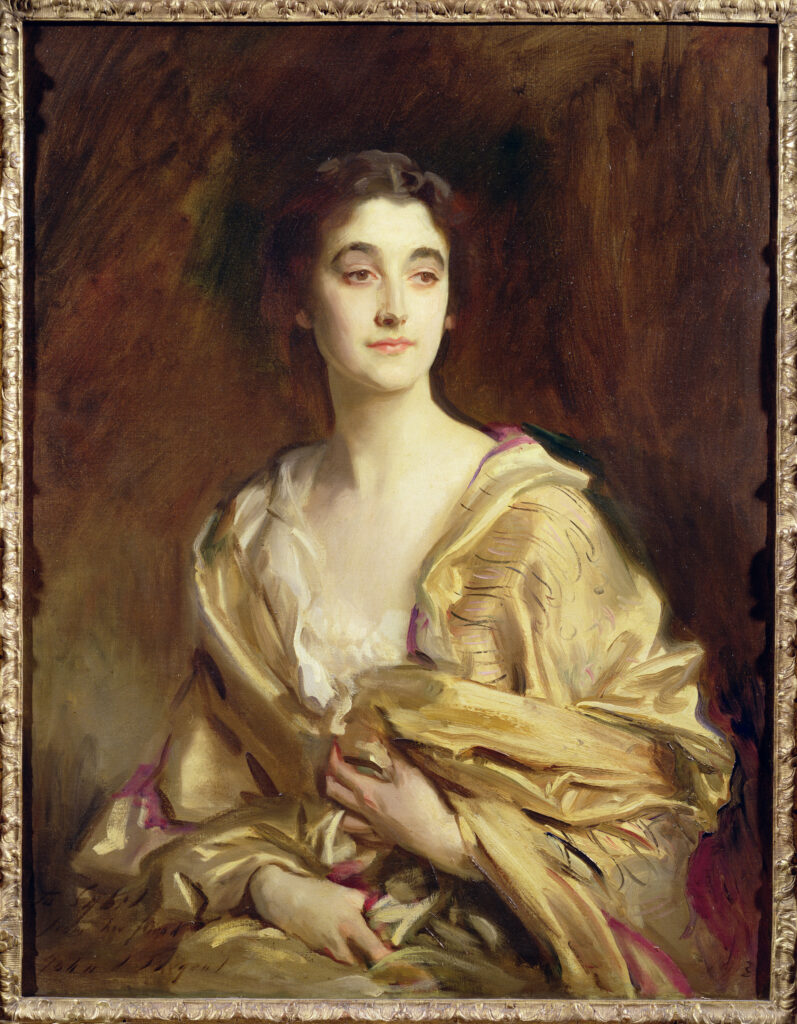
How long did it take from idea to completion?
About seven and a half years ago we began thinking about an exhibition on the Sassoons and started research in earnest in 2018.
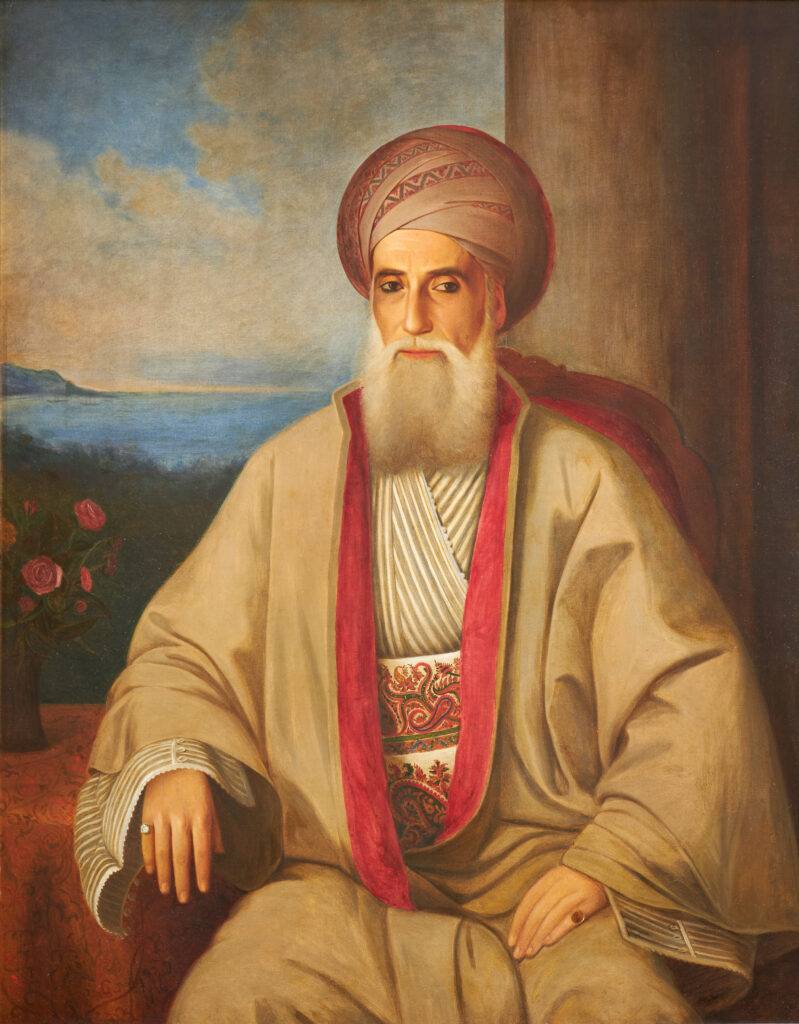
How did fashion play a role in the Sassoon family and/or in this exhibit?
Fashion does play a role in the exhibition, in particular in a series of portraits of Sassoon family members by John Singer Sargent, who was known for using fashion when crafting portraits, often choosing his sitters’ dress. Lady Sassoon (née Aline de Rothschild) and her two children Philip and Sybil were depicted by Sargent in a series of splendid portraits. Philip, who became a prominent Member of Parliament, a major art collector, and taste maker, was rendered by the artist in immaculate evening dress, capturing his elegance and fastidious taste. Sybil, who married the future Marquess of Cholmondeley in 1913, was depicted that year by Sargent wrapped in a beautiful woolen shawl he had given her (the portrait itself was also a gift to her from the artist). Later, in 1922, Sargent rendered her in a monumental canvas in a manner akin to that of great Renaissance masters such as Titian. Sybil is clad in a dress Sargent had commissioned for her from Worth, the celebrated French fashion house, made in a sixteenth-century Spanish court style. Other admiring artists also created portraits of her. William Orpen depicted her in 1913 in a glamorous Fortuny dress while Charles Sims emphasized her stylish figure, painting her in a long décolleté dress at the ballroom of her brother’s London residence.
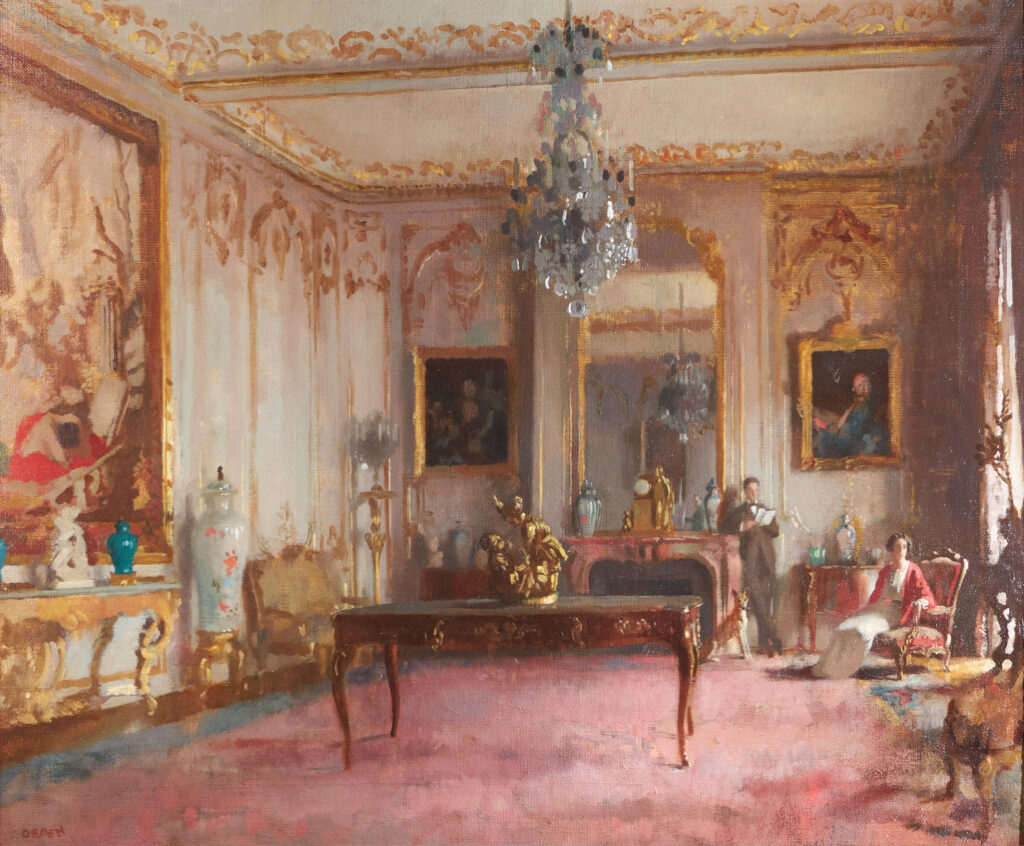
What are some themes explored in this exhibit?
The exhibition recounts the sweeping global narrative of the family through themes of discrimination, diaspora, colonialism, and multiculturalism. These issues not only shaped the history of the family but continue to define our world today.
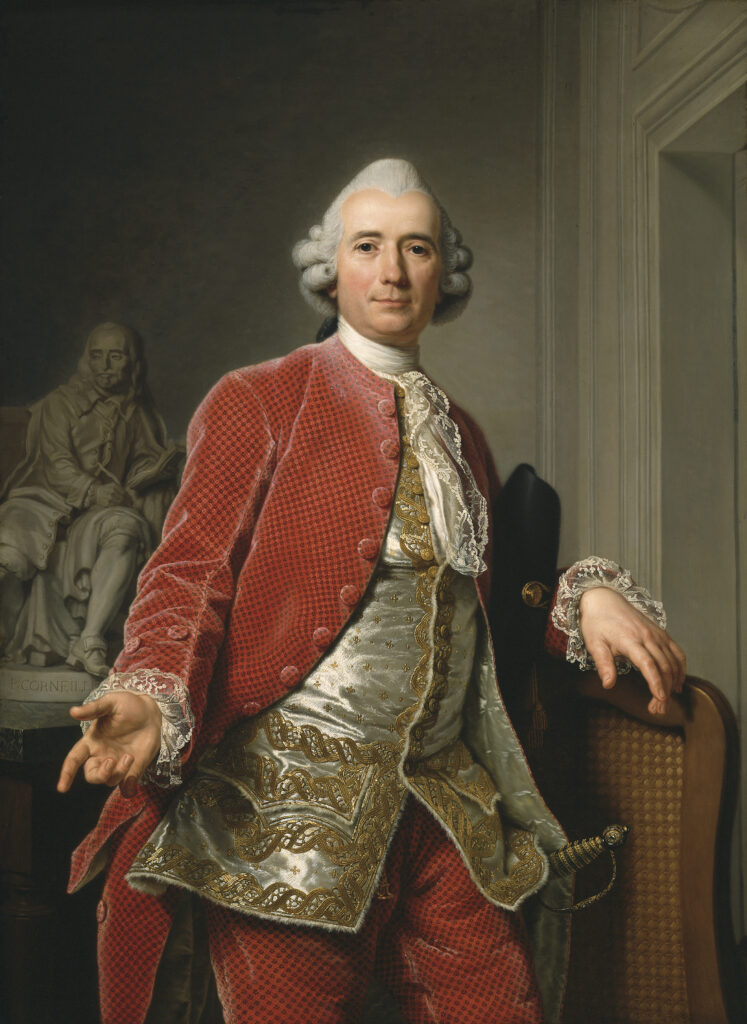
Will you tell us the role the women had in the Sassoon family?
The show casts light on the important role of the Sassoon women, many of whom have traditionally been excluded from the narrative. Discerning collectors, generous philanthropists, and consummate hostesses, the Sassoon women were seminal to the family’s integration into British society. For instance, Rachel Sassoon Beer (1858–1927) became the first woman in Britain to edit two newspapers, The Sunday Times and The Observer, and played a crucial role reporting on the Dreyfus affair, an infamous antisemitic political scandal in France at the turn of the twentieth century. Her remarkable art collection featured paintings by Peter Paul Rubens, Gustave Courbet, Jean-Baptiste-Camille Corot, and John Constable, among others. Like her husband, Arthur, Louise Sassoon (1854–1943) was a great personal friend of King Edward VII, whom she often hosted at their home in London and their hunting lodge in Scotland. She was also the first Jewish woman to receive the Order of the British Empire, for her philanthropic work.
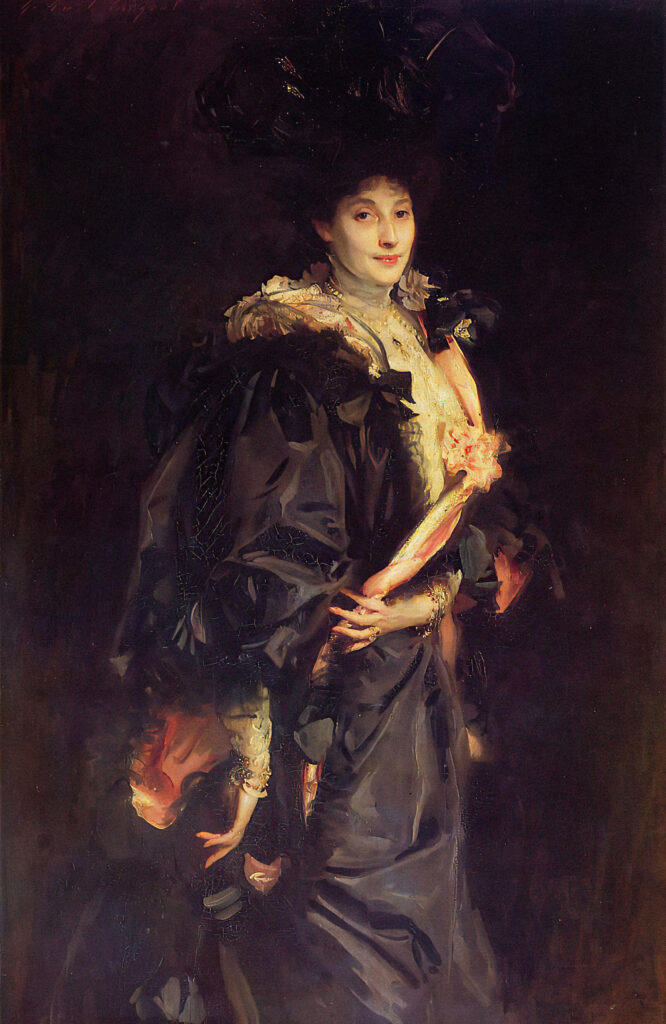
Will you tell us about the Sassoon family’s approach to curating their art collection?
The Sassoons’ first interest was in Jewish ceremonial art. Gradually, they turned from commissioning such objects for communal or private use to collecting superbly crafted Judaica. The early commissions aimed to express the family’s Jewish identity through beautiful objects while allowing future generations to develop a deep appreciation for their spiritual and aesthetic value. In England, the Sassoons’ wealth, grand homes, and art collections accorded them a secure place in the highest social circles. But their collections were more than emblems of privilege; they expressed a deep sense of belonging, channeled toward social institutions and cultural philanthropy. Philip Sassoon (1888–1939) whose abiding passions were art and architecture, amassed an extensive collection that included works by Thomas Gainsborough, Joshua Reynolds, William Hogarth, and Johan Zoffany. Two of Philip’s cousins, Hannah Gubbay (a Sassoon on her mother’s side, 1885–1968) and Mozelle Sassoon (1872–1964), both born in India, shared his love of eighteenth-century art. Hannah focused primarily on English decorative arts, a reflection of her enthusiastic embrace of her adoptive country. Mozelle, raised in Paris, was a lifelong Francophile who built an extraordinary collection of paintings, furniture, and decorative arts. To benefit London’s Royal Northern Hospital, Philip mounted ten remarkable art exhibitions in his elegant London home, curated with the help of Hannah and with loans from private and royal collections. Attended by members of the royal family, celebrities, and the general public, all were immensely successful. After World War II, Mozelle contributed to the restoration of St. Paul’s Cathedral; her largesse helped the National Gallery buy an exquisite, rare Leonardo da Vinci drawing.
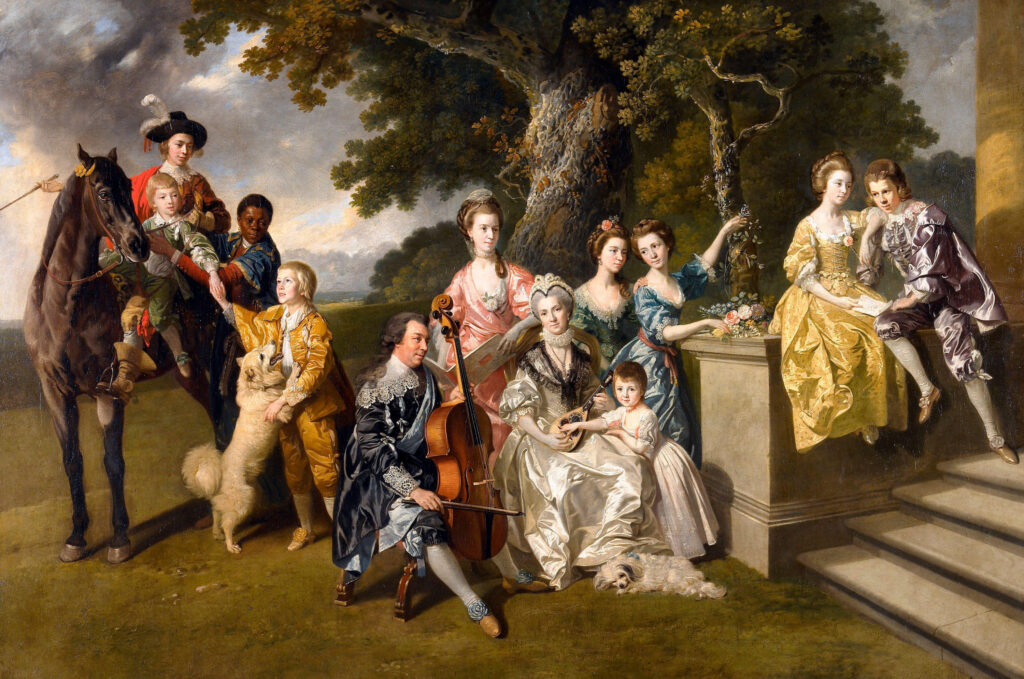
Will you give us a peek inside the family’s dramatic rise and subsequent fall? Any insight you gained into avoiding downfall from curating this exhibit?
The story of the Sassoons—a transnational, multigenerational dynasty—is one of exile and assimilation, globalization, and diaspora. From the 1830s through the end of World War II the family inhabited a world of extraordinary cultural fluidity and political volatility. Their fascinating story is not one of dramatic rise and fall, but it is instead a vivid reflection of the times and places in which they lived and although it began unfolding almost two centuries ago it is a very modern story. As we discovered more and more artworks connected to the Sassoons, we found out that while many remained within the family, the dispersal of family collections had less to do with a decline of the family’s wealth and more to do with the expansion (in numbers) of the family from generation to generation. The death of family members without very close descendants and the desire of certain family members to place their collections in public institutions also played an important role. For instance, Rachel Sassoon Beer had no children, and upon her death in 1927 her important collection of paintings was sold at auction and widely dispersed. On the other hand, after a lifetime of collecting superb decorative arts, Hannah Gubbay bequeathed about 450 works to the National Trust of England in 1968. The Trust placed her bequest in Clandon Park, a grand eighteenth-century Palladian mansion. In April 2015, Clandon Park burned down, resulting in the loss of most of her collection. Great parts of the collections of Chinese Art amassed by Percival David (a Sassoon on his mother’s side) and his cousin Victor Sassoon, are now at the British Museum, the former on loan from the Sir Percival David Foundation of Chinese Art while 556 works formerly collected by Victor Sassoon were donated to the British Museum by the Sir Victor Sassoon Chinese Ivories Trust. One of the largest family collections that has been dispersed is that of David Solomon Sassoon which totaled over 1,200 Hebrew manuscripts, and more than sixty Samaritan books, as well as printed books. Beginning in the early 1970s, his collection has been sold in great part in successive auctions, dispersing its contents widely among public and private collections to this day.
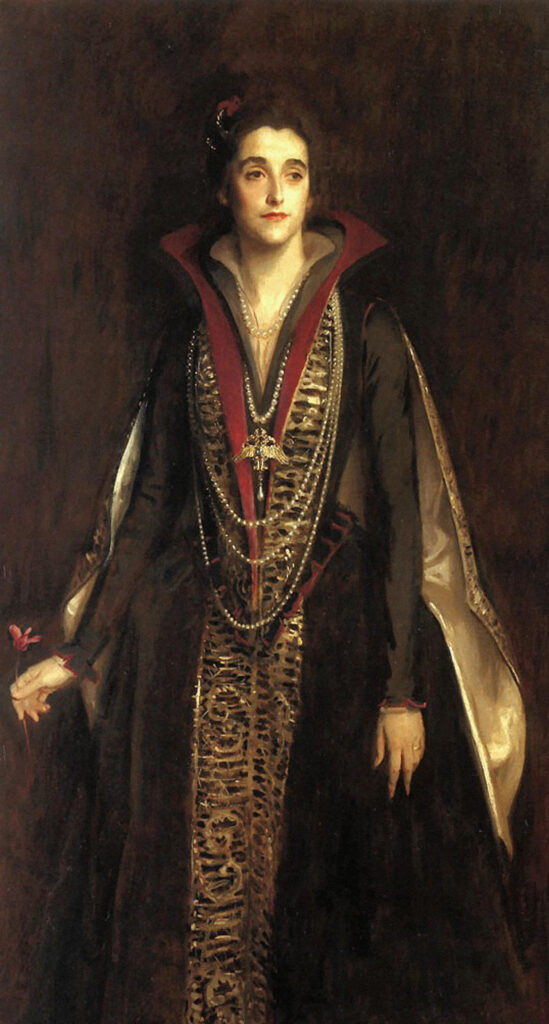
Did you pick up any tips on reinvention while curating this exhibit due to the fact that the Sassoon family reinvented themselves multiple times?
Both Esther da Costa Meyer and I are immigrants, and have lived in various places, so the Sassoons’ story resonates deeply with us. We have both been immersed in different cultures and had to become fluent in other languages while remaining tied to our backgrounds, our mother tongues, and our memories of our original homes.
Make sure to see the exhibit before it closes on August 13th, 2023!
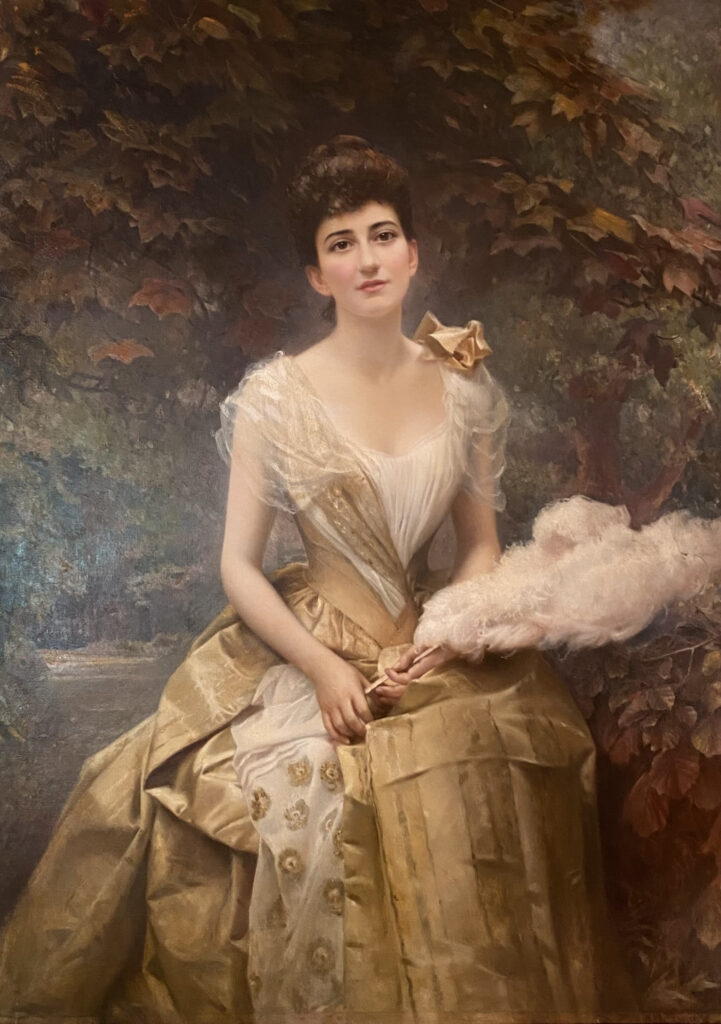
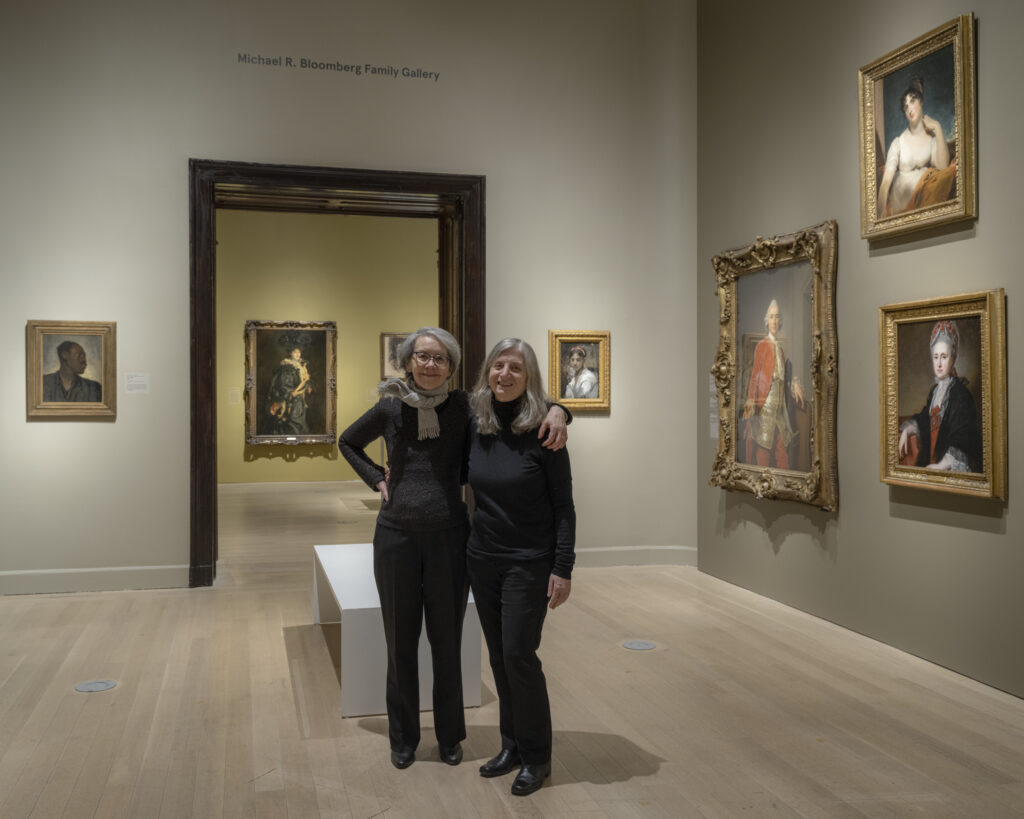
Photo by Kris Graves
The Style That Binds Us
BY
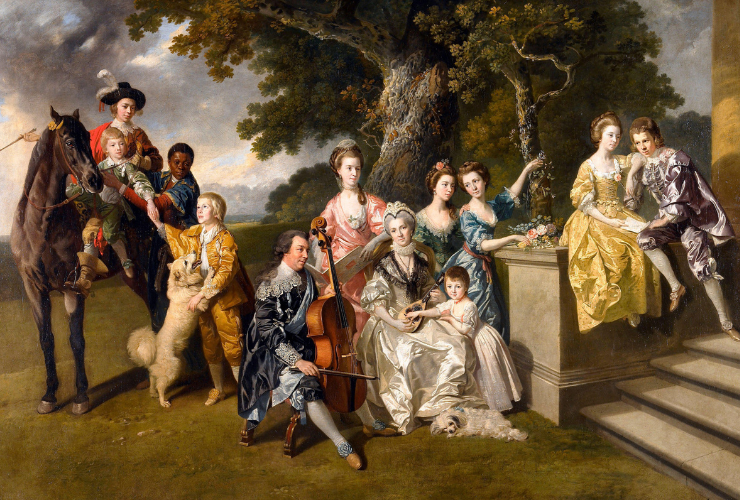
you said: